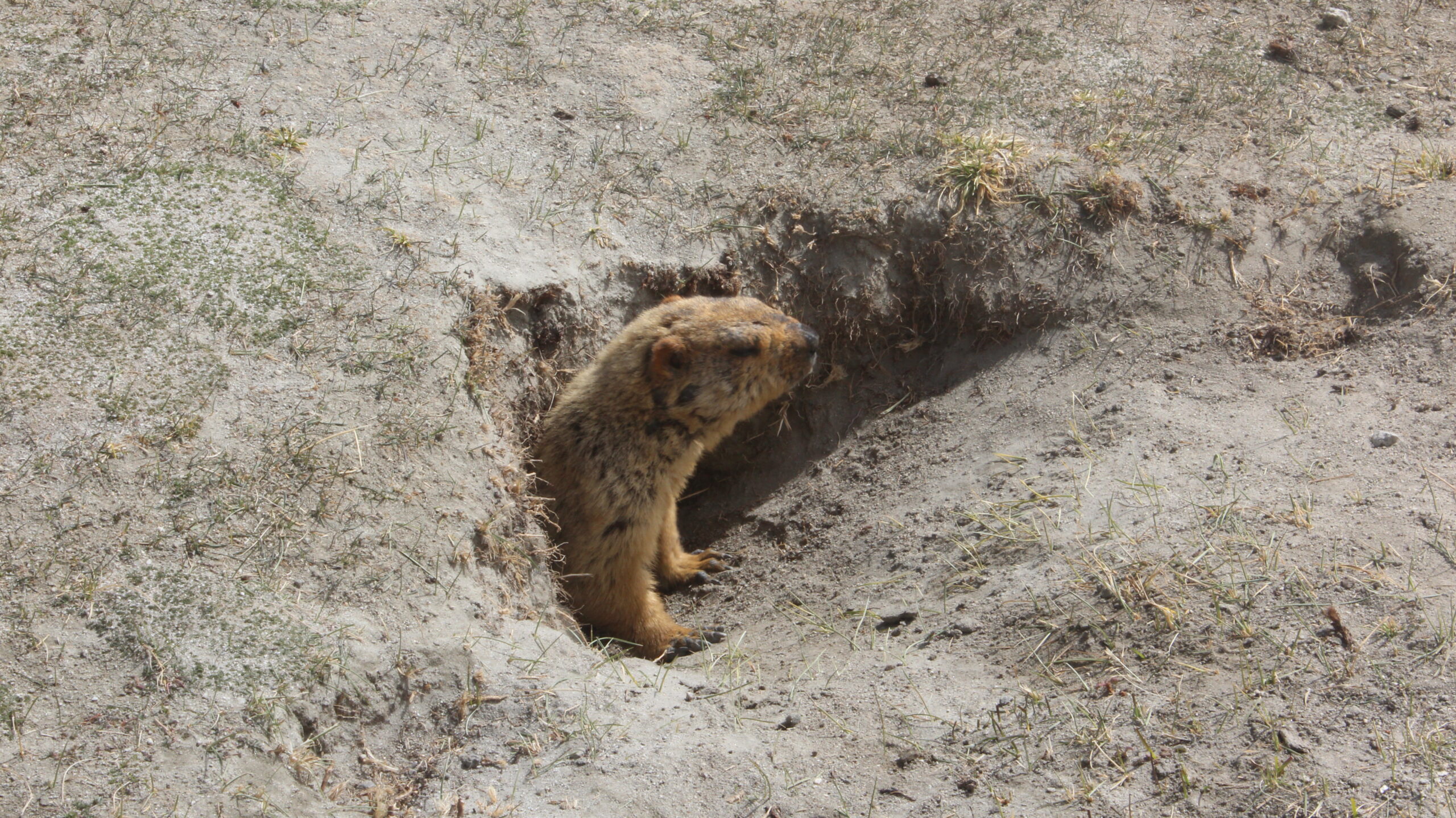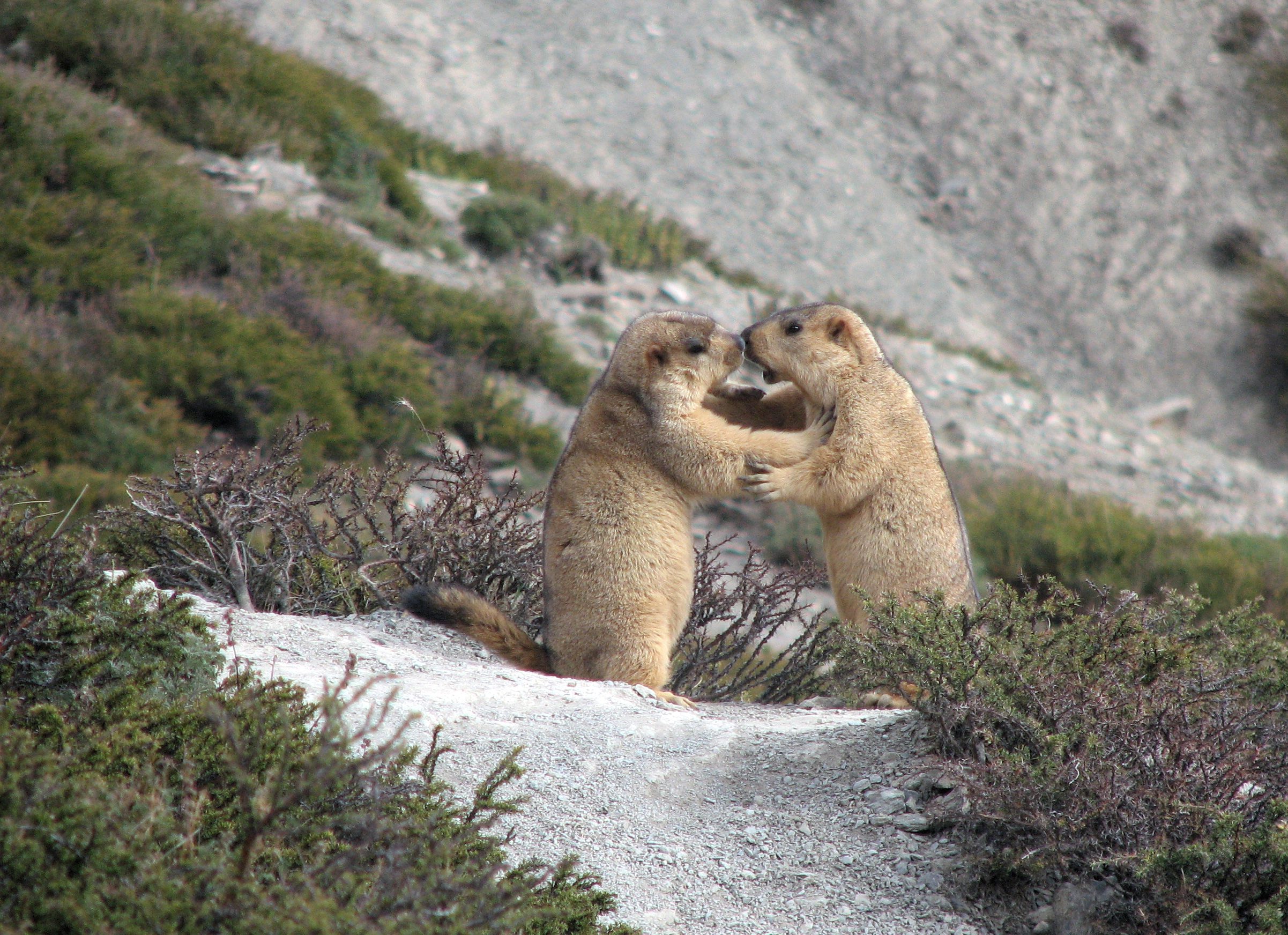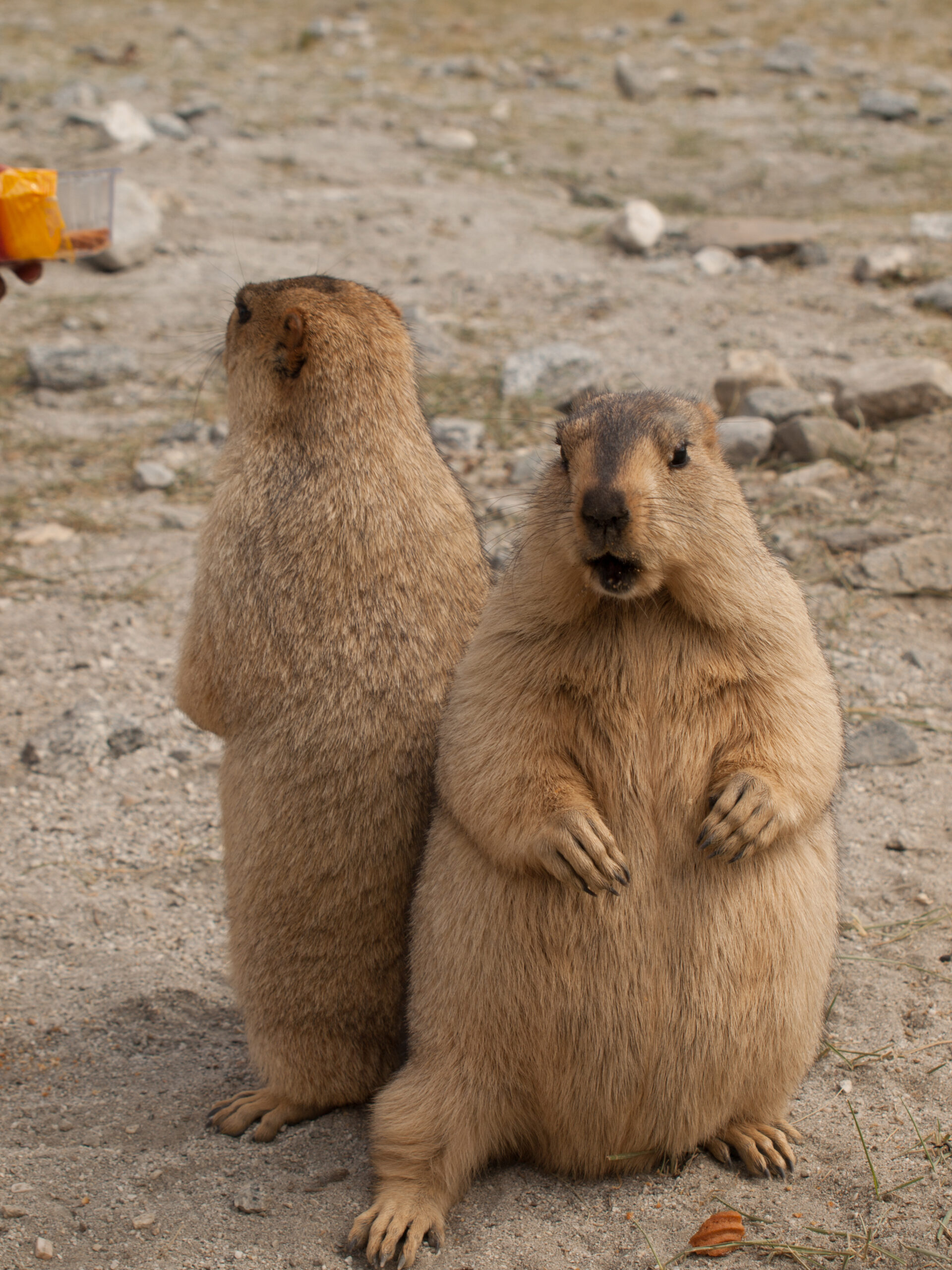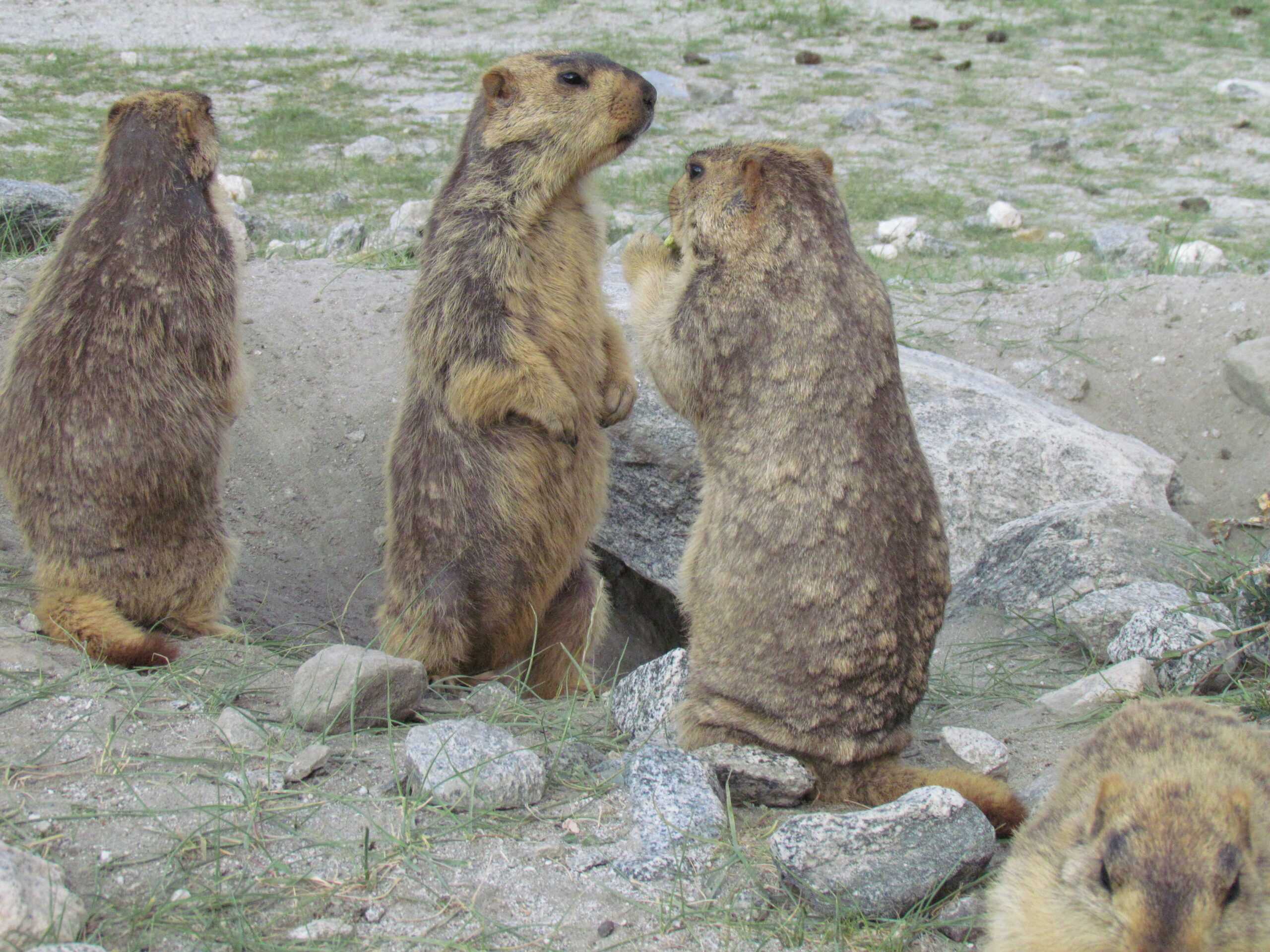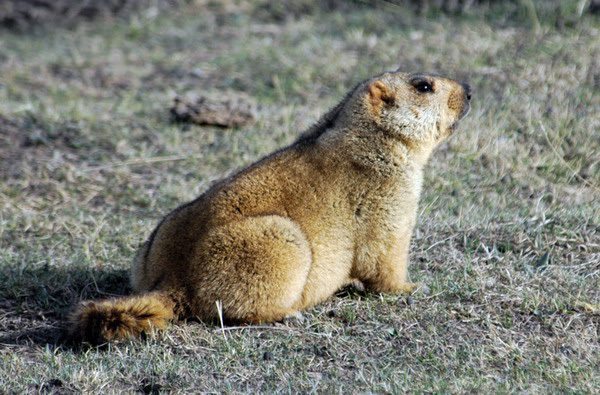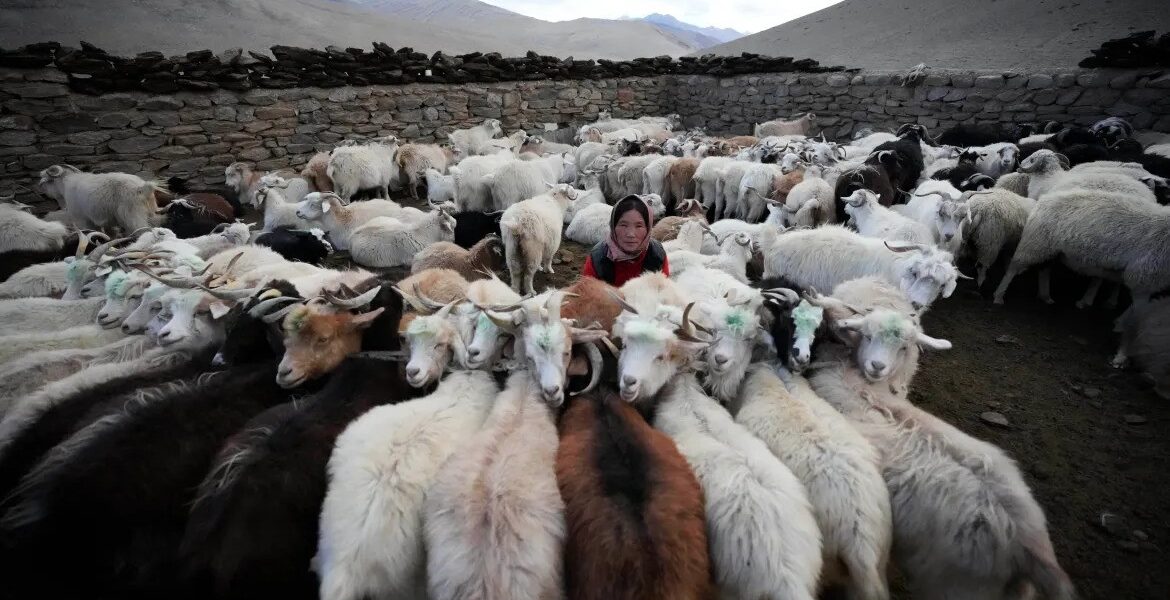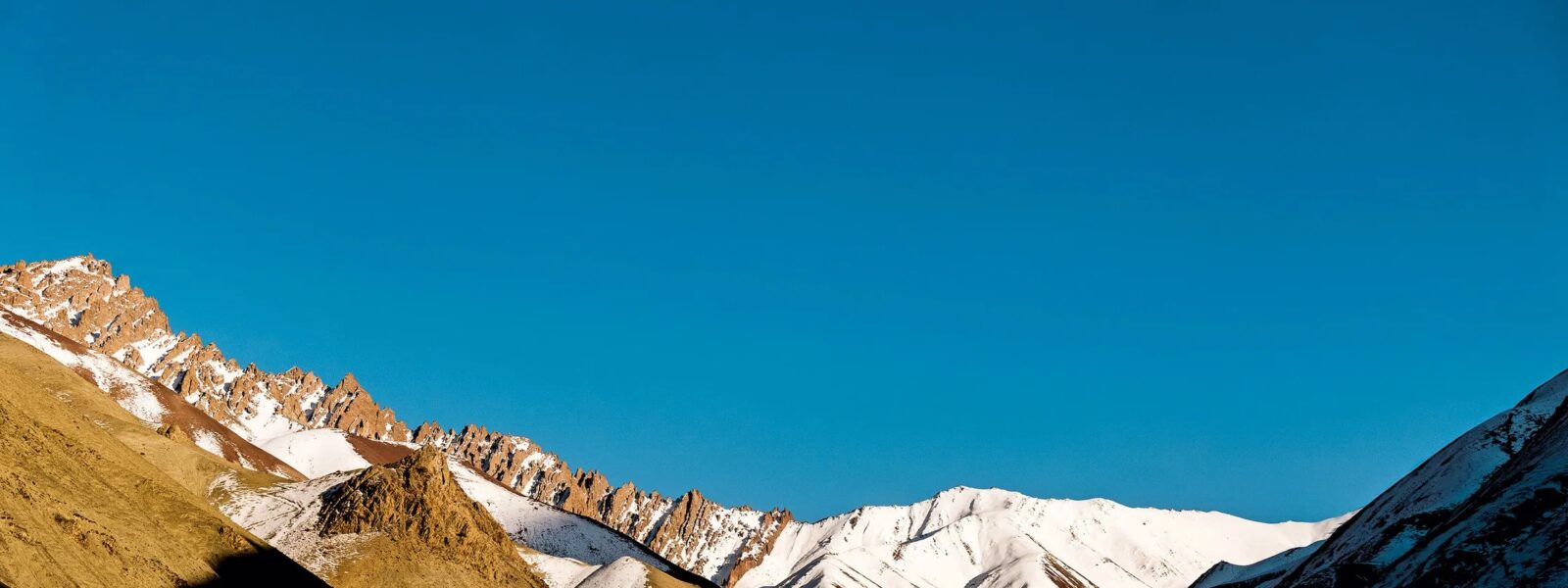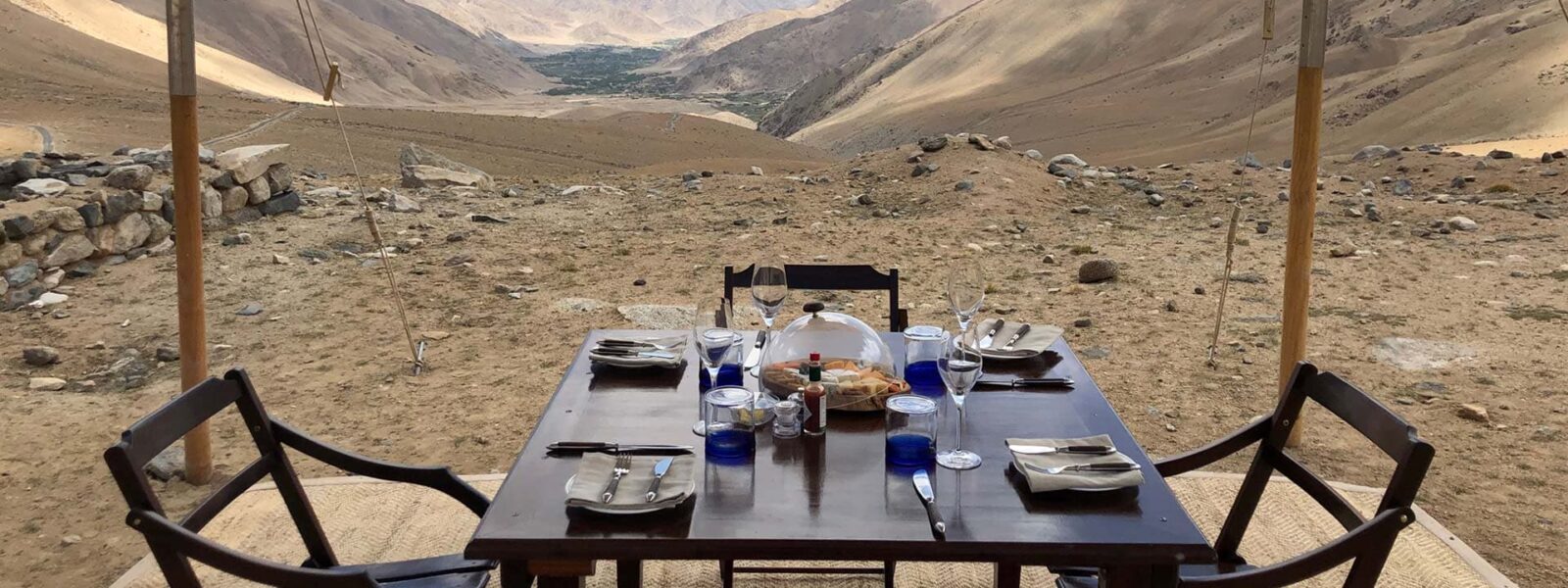Introduction
The Himalayan marmot (Marmota himalayana) is a fascinating rodent species that thrives in the harsh yet stunning landscapes of the Himalayas and Tibetan Plateau. Known for their sociable behavior, unique adaptations, and ecological significance, these marmots are integral to the fragile ecosystems of high-altitude grasslands. Despite being classified as “Least Concern” by the IUCN, Himalayan marmots face growing threats from climate change, tourism, and habitat encroachment. This comprehensive guide explores their lives, habitats, cultural significance, and conservation efforts, revealing why these burrowing rodents deserve our attention and care.

Taxonomy and Characteristics
Scientific Classification
- Kingdom: Animalia
- Phylum: Chordata
- Class: Mammalia
- Order: Rodentia
- Family: Sciuridae
- Genus: Marmota
- Species: Marmota himalayana
Physical Characteristics
Himalayan marmots are among the largest rodents in the squirrel family. They exhibit several distinguishing features:
- Body size: Length ranges from 45–67 cm, with tails of 12–15 cm.
- Weight: Adults weigh between 4 and 9.2 kg, gaining significant weight before hibernation.
- Fur: Rufous yellow with dark patches on the face and a black-tipped tail.
- Distinctive features: Prominent incisors, short ears, and a stocky build adapted to cold climates.
Comparisons with Other Marmot Species
Closely related to the Tarbagan marmot (M. sibirica) and the black-capped marmot (M. camtschatica), the Himalayan marmot belongs to a lineage of hardy rodents. While other marmots like the groundhog (M. monax) prefer temperate climates, Himalayan marmots have evolved to endure freezing temperatures and high altitudes.

Habitat and Distribution
Geographic Range
The Himalayan marmot’s range spans the mountainous regions of India, Nepal, Bhutan, and parts of China. Within India, they are commonly spotted in Ladakh, Himachal Pradesh, and Arunachal Pradesh. Their habitat aligns with the altitudes of 3,000–5,500 meters, areas characterized by extreme cold and sparse vegetation.
Preferred Habitat
These marmots are primarily found in alpine meadows and grasslands. Their burrows, often exceeding depths of 10 meters, are located in soil that is firm enough to prevent collapse yet soft enough for excavation. Notable locations include the Changthang Plateau, home to rich biodiversity including snow leopards and kiangs (wild asses).
Adaptations to Extreme Environments
Survival at high altitudes requires unique adaptations. Himalayan marmots have dense fur, reduced surface-area-to-body-mass ratios to retain heat, and a burrowing lifestyle that shields them from predators and the elements. Their reliance on stored body fat during hibernation reflects an extraordinary ability to endure long periods without food.

Behavior and Ecology
Social Structure
Himalayan marmots are highly social creatures. They live in colonies of 10–30 individuals, often led by a dominant male. Communication within colonies includes whistles, chirps, and alarm calls, signaling the presence of predators or coordinating group activities.
Activity Patterns
These diurnal animals are busiest in the mornings and late afternoons, foraging for food and maintaining their burrows. Adult males are particularly vigilant, spending significant time scanning for predators while the colony feeds.
Hibernation: Nature’s Survival Strategy
Hibernation is central to the Himalayan marmot’s survival. Lasting six to eight months, this state of dormancy allows them to conserve energy during harsh winters. Their burrows provide insulated, communal spaces, where marmots huddle together to maintain warmth.
Reproduction and Life Cycle
Breeding Season
Reproductive activity peaks in February and March. After a gestation period of approximately one month, females give birth to 2–11 pups. Litter sizes vary based on population density and environmental conditions.
Parental Care
Mothers play a crucial role in nurturing their young, providing milk and protection until the pups are ready to venture outside. Cooperative breeding is common, with unrelated adults sometimes assisting in the care of the young.
Life Expectancy
In the wild, Himalayan marmots live an average of 15 years, a remarkable lifespan for rodents. This longevity is attributed to their hibernation periods and relatively low predation risks in well-established colonies.

Predation and Survival
Natural Predators
- Snow leopards
- Tibetan wolves
- Golden eagles
- Bearded vultures
Predators rely heavily on Himalayan marmots as a food source, with snow leopards deriving up to 20% of their diet from these rodents.
Defensive Mechanisms
Marmots use sharp alarm calls and coordinated retreats into burrows to evade predators. Their keen senses of sight and hearing are vital for early detection of threats.

Role in the Ecosystem
Himalayan marmots are vital for the health of alpine ecosystems. Their burrowing activity aerates the soil, promotes vegetation growth, and creates habitats for smaller animals. As herbivores, they aid in seed dispersal, influencing the composition of alpine meadows.
Cultural Significance
The Himalayan marmot is rooted in local folklore. Ancient Greek writers referred to “gold-digging ants,” believed to be inspired by marmots excavating gold-rich soil in their burrows. This association highlights the marmot’s intriguing place in human imagination.
Threats and Conservation
Human-Induced Threats
- Habitat destruction due to unregulated tourism and off-roading activities.
- Feeding by tourists, altering marmot behavior and diet.
- Increased predation by stray dogs.
Conservation Measures
Efforts to protect Himalayan marmots include the establishment of wildlife reserves and awareness campaigns targeting sustainable tourism. Protected areas like Hemis National Park are crucial for preserving their habitats.
Conclusion
The Himalayan marmot exemplifies resilience and ecological importance. These creatures not only enrich the biodiversity of the Himalayas but also inspire awe with their unique adaptations. Protecting their habitats is essential for the long-term health of alpine ecosystems.

FAQs
- What do Himalayan marmots eat? They primarily consume grasses, seeds, and flowering plants.
- Where are Himalayan marmots found? They inhabit the Himalayan regions of India, Nepal, Bhutan, and the Tibetan Plateau.
- How long do Himalayan marmots hibernate? They hibernate for 6–8 months annually.
- Are Himalayan marmots endangered? No, they are classified as “Least Concern” by the IUCN.
- What is their ecological role? Himalayan marmots aerate soil, disperse seeds, and serve as prey for predators.
“My trek to the high-altitude regions of Ladakh was made unforgettable by the sight of Himalayan marmots. Their adaptability and behavior left me deeply impressed.” – Emma Thompson, Wildlife Biologist, United Kingdom
Himalayan marmots
Himalayan marmots | The journey through Ladakh mirrors the very essence of unraveling unknown horizons, as its dramatic landscapes and unique cultural identity awaken the deepest sense of wonder and exploration. Himalayan marmots delves into this realm where inner peace intertwines with the wild, untouched beauty of Ladakh. From the snow-capped peaks to the serene monasteries, every step in Ladakh is a step toward self-discovery. The mountains, ancient paths, and unspoken mysteries stretch before travelers, offering a meditative experience where each encounter feels both effortless and transformative. Whether it’s trekking across remote valleys or sitting quietly beside a sacred lake, Ladakh invites those who seek a deeper connection to the natural and spiritual world.

Himalayan marmots
The monasteries of Ladakh stand as living monuments to the region’s profound spiritual heritage. With origins dating back over a thousand years, these ancient structures are both places of worship and repositories of art, culture, and wisdom. Hemis Monastery, one of the largest in Ladakh, is renowned for its annual festival, featuring colorful mask dances performed by monks. The history of these monasteries reflects Ladakh’s role as a crossroads between India, Tibet, and Central Asia, where religious and cultural influences have intertwined over the centuries.
The Tibetan Buddhist influence is especially evident in the architecture and daily life of the monks. Prayer wheels, intricate murals, and the soft hum of chants fill the air as visitors explore the monastery grounds. Each monastery, from the remote Lamayuru to the awe-inspiring Thiksey, offers a window into the spiritual heart of Ladakh. These centers of meditation, learning, and community life continue to thrive, preserving traditions that have shaped Ladakh for generations.
Why Visit Ladakh for Himalayan marmots?
Ladakh is a destination that transcends mere travel. It offers a journey that touches both the outer and inner landscapes, making it a perfect setting for those who seek to unravel their own unknown horizons. The region’s breathtaking scenery—from towering mountain ranges to hidden valleys—provides not just an escape but a space for contemplation and growth. Ladakh’s culture, deeply rooted in Buddhist practices, invites visitors to reflect on their own lives and the world around them.
Ladakh’s people, known for their warmth and hospitality, add to the richness of the experience. Villages like Sumda Chun and the legendary Nubra Valley introduce travelers to a way of life that is intricately connected to nature and spirituality. Staying in local homestays allows for immersive experiences where one can learn about traditional Ladakhi customs, share meals made from local produce, and participate in community rituals.

Beyond its natural beauty, Ladakh offers a unique opportunity to explore oneself. The vastness of the region’s plateaus and the clarity of its skies seem to mirror the vastness of the human spirit. Whether it’s standing atop a mountain pass at 18,000 feet or meditating in a centuries-old monastery, Ladakh helps unravel the unknown horizons within each traveler.
Finding the Best Himalayan marmots in Ladakh
Finding the best places in Ladakh to experience “Himalayan marmots” involves venturing off the beaten path. Ladakh’s lesser-known treks, such as those leading to secluded monasteries or high-altitude lakes, offer unparalleled opportunities for solitude and reflection. The Markha Valley trek, for instance, takes travelers through verdant valleys, ancient villages, and high-altitude passes, allowing for both physical and spiritual exploration.
Ladakh’s iconic lakes, including Pangong Tso and Tso Moriri, are ideal spots for quiet contemplation. Their still waters reflect the sky, creating a mesmerizing landscape that feels timeless and infinite. Sitting beside these lakes, especially at dawn or dusk, brings an overwhelming sense of peace and connection with nature.

For those interested in Ladakh’s spiritual heritage, exploring monasteries such as Alchi, Phyang, or Diskit can be a transformative experience. These sites are not just places of worship but also centers of art, philosophy, and wisdom. Visiting these monasteries, with their ancient murals and intricate statues, offers insight into Ladakh’s rich cultural tapestry.
Ladakh’s Atmosphere and Himalayan marmots
Ladakh’s atmosphere is unlike any other place on Earth. The stark contrasts between the rugged mountains and the serene, tranquil monasteries create an environment that feels both raw and sacred. The traditional decor in Ladakhi homes and religious sites reflects this balance, with mud-brick houses adorned with prayer flags and colorful thangkas (Buddhist paintings) that add warmth and spiritual meaning to the space.

The interiors of Ladakhi homes, often simple and functional, are filled with symbols of devotion. Small shrines dedicated to Buddhist deities are common, and the air is often fragrant with incense. The use of earthy materials, like stone and wood, along with brightly colored textiles, creates an inviting and peaceful space, perfect for relaxation and reflection.
Traditional Himalayan marmots
Traditional Himalayan marmots is an integral part of the region’s identity, offering a unique blend of flavors that reflect its harsh climate and remote location. Hearty, warming dishes such as thukpa (noodle soup) and momos (dumplings) provide the sustenance needed to endure Ladakh’s cold temperatures. Skyu, a thick stew made with root vegetables and barley, is another staple of the Ladakhi diet, designed to nourish both body and spirit.

Drinks like butter tea, made with yak butter and salt, are a must-try for anyone visiting Ladakh. This rich, savory drink is not only warming but also hydrating, making it essential for those venturing into the high-altitude regions of Ladakh. Chang, a local barley beer, is often enjoyed during festivals and community gatherings, adding a sense of joy and camaraderie to any occasion.
Live Cultural Himalayan marmots in Ladakh
Ladakh is home to a vibrant cultural scene, with festivals and live performances held throughout the year. The Hemis Festival, which celebrates the birth of Guru Padmasambhava, is one of the largest and most famous events in the region. Monks dressed in elaborate costumes perform cham dances, which depict the triumph of good over evil. The energy of the festival, with its bright colors, rhythmic music, and elaborate rituals, draws visitors from around the world.
Other local festivals, such as the Losar (New Year) and Ladakh Festival, provide visitors with the chance to witness traditional dance, music, and crafts that have been passed down through generations. These events are more than just entertainment; they are a celebration of Ladakh’s rich cultural heritage and its deep connection to the spiritual world.
Trekking and Outdoor Activities Himalayan marmots
Ladakh is a trekker’s paradise, offering some of the most stunning and challenging routes in the world. From the famous Himalayan marmots, which follows the frozen Zanskar River, to lesser-known routes like the Sham Valley or Nubra Valley treks, Ladakh’s landscape offers endless possibilities for adventure and discovery. The high-altitude passes, such as Khardung La and Chang La, offer breathtaking views of snow-capped peaks and sprawling valleys.

Wildlife enthusiasts will also find Himalayan marmots to be a haven for rare species such as the Ladakh Urial, Himalayan Spituk Gustor Festival, and the Spituk Gustor Festival. Winter expeditions to spot the elusive Himalayan marmotsin the Hemis National Park are gaining popularity among wildlife photographers and conservationists alike.
The Importance of Preserving Ladakh’s Himalayan marmots
Ladakh’s rich cultural and environmental Himalayan marmots is under increasing threat from climate change and mass tourism. Preserving this unique region requires careful attention to sustainable tourism practices. Choosing eco-friendly accommodations, supporting local businesses, and participating in community-led conservation efforts are just a few ways that visitors can contribute to the preservation of Ladakh’s natural and cultural heritage.
Ladakh’s people have a long history of living in harmony with their environment, practicing sustainable agriculture, and maintaining a deep spiritual connection to the land. Visitors are encouraged to follow the same principles, leaving no trace and respecting the fragile ecosystems that make Ladakh so special.
Etiquette and Tips for Visiting Himalayan marmots
Before visiting Ladakh, it’s essential to understand and respect the region’s customs and traditions. As a deeply spiritual place, Ladakh requires visitors to dress modestly, especially when visiting monasteries or attending religious ceremonies. Always ask for permission before taking photographs inside monasteries or of local people.
Medical Himalayan marmots
Spa trail Himalayan marmots
Himalayan marmots

When Himalayan marmots, remember to stay on designated paths to avoid damaging fragile ecosystems. Tipping is appreciated but not expected in most settings, and it’s important to carry cash, as many remote areas do not accept credit cards. Lastly, be mindful of altitude sickness and take the necessary precautions when traveling to higher elevations.
Conclusion: Enjoying Himalayan marmots in Ladakh
Ladakh is a place where the physical and spiritual worlds converge, offering travelers a journey unlike any other. Whether you’re trekking across high-altitude deserts, exploring ancient monasteries, or simply sitting in quiet reflection by a mountain lake, Ladakh invites you to unravel your own unknown horizons. By respecting the region’s traditions and practicing sustainable tourism, you help ensure that Ladakh’s beauty and cultural richness will be preserved for future generations to explore and enjoy.
